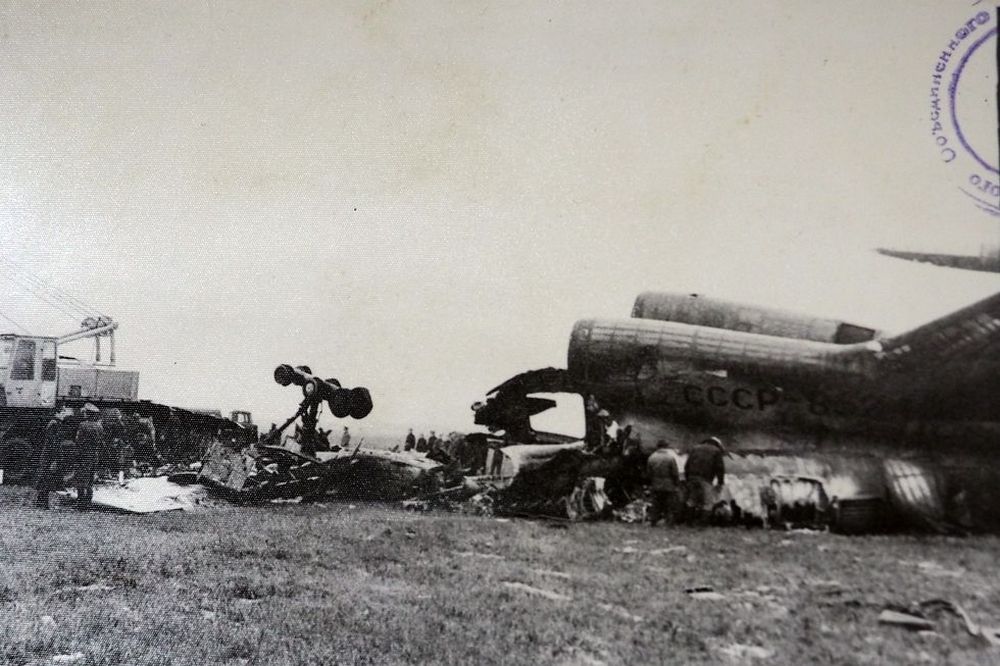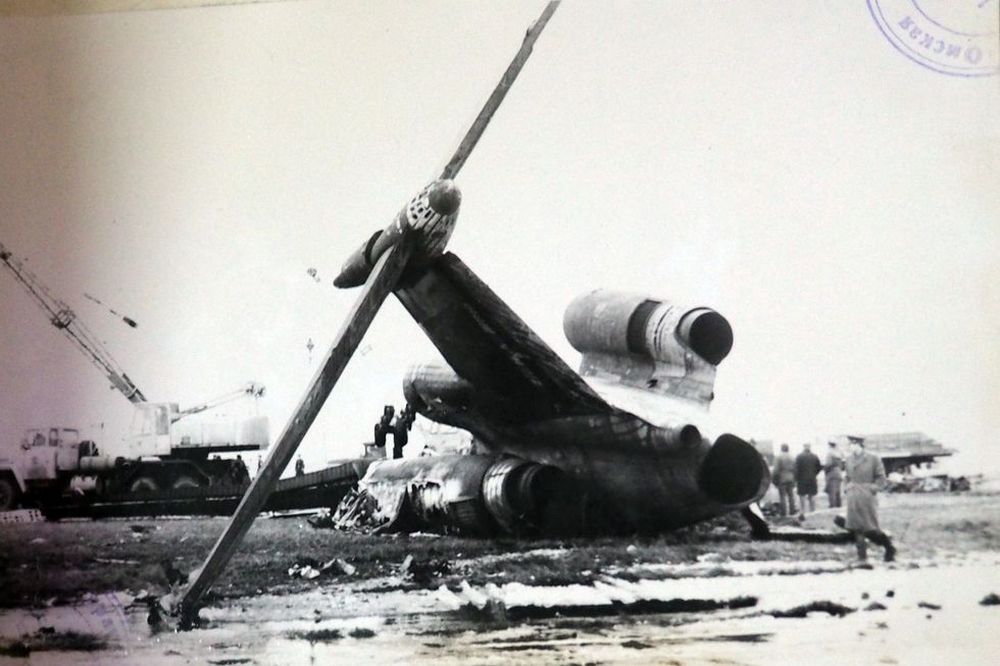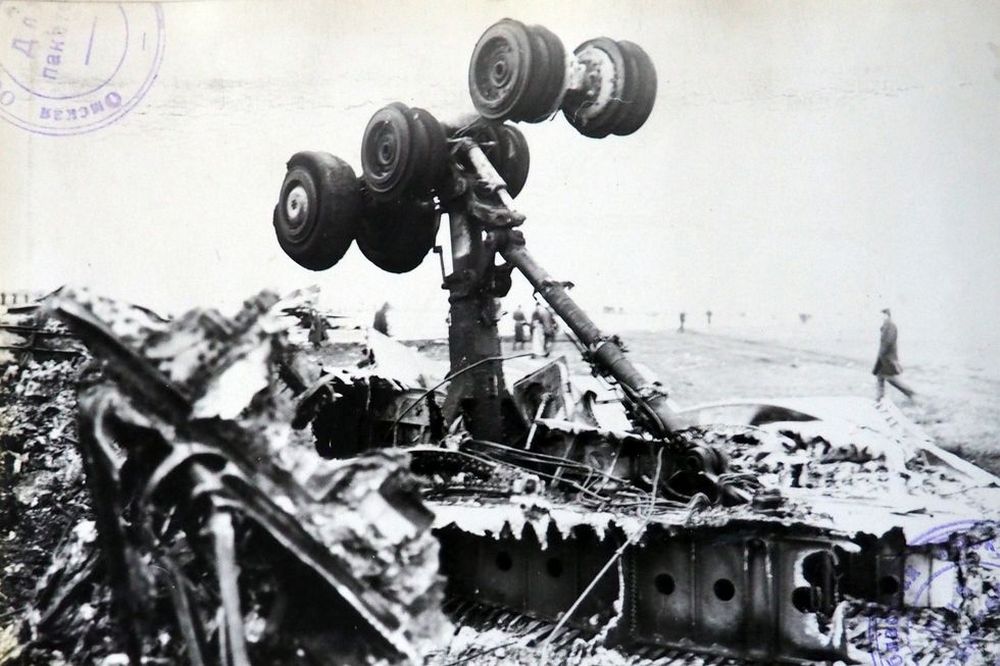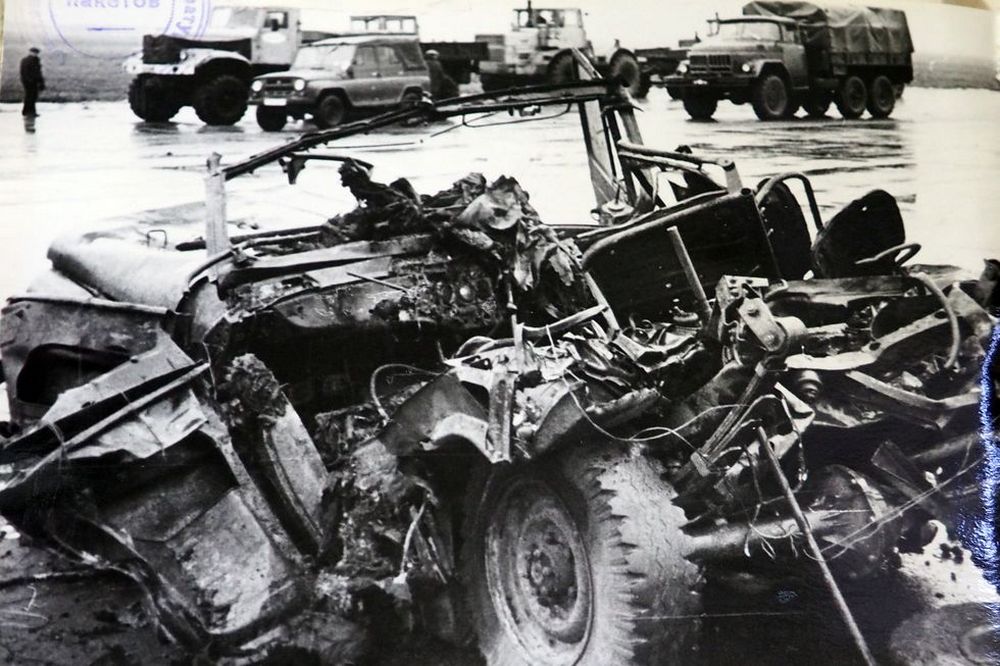Crash of an Antonov AN-74 in Lensk: 13 killed
Date & Time:
Sep 17, 1991 at 0121 LT
Registration:
CCCP-74002
Survivors:
No
Schedule:
Petropavlovsk-Kamchatsky – Lensk – Omsk – Kiev
MSN:
470 70 682
YOM:
1989
Crew on board:
6
Crew fatalities:
Pax on board:
7
Pax fatalities:
Other fatalities:
Total fatalities:
13
Aircraft flight hours:
923
Aircraft flight cycles:
552
Circumstances:
The aircraft was completing a cargo flight from Petropavlovsk-Kamchatsky to Kiev with intermediate stops in Lensk and Omsk, carrying seven passengers (among them technicians), six crew members and a load of fish. Rotation was completed at night at a speed of 225 km/h and the crew immediately raised the landing gear. The aircraft climbed with a rate of 6 metres per second and after passing the runway end at a height of 70 metres, the crew selected flaps up. The aircraft entered an uncontrolled descent, struck trees (22 metres high) at a speed of 380 km/h and crashed in a huge explosion 3,903 metres past the runway end and 400 metres to the left of its extended centerline. The aircraft was totally destroyed and all 13 occupants were killed.
Probable cause:
Wrong takeoff configuration on part of the crew who neglected several published procedures. The following contributing factors were reported:
- The total weight of the aircraft at the time of the accident was 7,5 tons above MTOW,
- Lack of crew training,
- Premature retraction of flaps during initial climb,
- Insufficient rate of climb/climbing speed.
- The total weight of the aircraft at the time of the accident was 7,5 tons above MTOW,
- Lack of crew training,
- Premature retraction of flaps during initial climb,
- Insufficient rate of climb/climbing speed.







